The tiles are all the way to the base of the onion (hooray!), with the exception of about eight rows. Ron ran out of tiles and energy, I expect, last night. These last tiles have been especially hard to adhere. The mold of the onion takes a sharp turn inward at the bottom toward the base and despite sitting on the shortest stools in the world, you crane your neck into ridiculous positions to get the last pieces in place, without them being twisted in the wrong direction or leaving large gaps.
Lori found Floyd's "dolly" to move heavy stuff around in the office, pushed it up to the table and pulled the onion to the edge of the table. She then sat on it to put in the last pieces in one of the sections. She is a mechanical engineer and solved this intractable problem with her usual ease. Her help has been a God-send. I am not sure we would be as far along as we are without her help in gluing thousands of tiles.
The grout arrived and has been tested on the test tiles with both the brown and yellow glass and it looks wonderful. We are extremely pleased with the results of everything so far.
The next challenge is the decorative soldering. For the uninitiated here is the issue. Solder is lead and tin. You heat it with a soldering iron and it becomes a liquid, drying pretty quickly. It is used to hold flat class pieces together and has been used for centuries. (Don't get Floyd started on the cups of hot solder and pouring into joints of glass during the middle ages--you'll be bored soon, I promise!) So, if you try to solder on something upright (look at picture-top of onion), it would run right off. Decorative soldering, which is what Ron is doing, is even more difficult.
Decorative soldering is when you lay a bead of solder and then you add additional solder to give it texture and three dimensionality. I have given you a couple of pictures of decorative soldering so you can see what it will look like. But, there is a problem with the onion, as the parts to be soldered are about as vertical as you can get at the top and sloped at the bottom.
As with everything related to the onion project this has posed a problem. Get a jack for the top and put it on its side and roll it as Ron solders? Lay it on its side on the work table? We have all been fussing about it since about half way through the tiles. Nancy mostly nagging, Ron musing, Floyd offering alternatives. But, Lori really raised the biggest issue. Fiberglass mold, very high heat--What happens, melting? noxious fumes? distortion of the mold? EEEEKKKK!
And a house guest to the rescue. Nancy and Floyd's pal, Connie Pirtle is visiting from back East. She said, "What if you created a sleeve you could work on off the onion and then slide onto the top of the onion when done or glue the roots for the base of the onion. [The bottom or base is black (dirt) with solder lines replicating the roots of the onion]. Ron seems taken with this idea and he and Floyd are on a mission today to find some rubber goo to go over the top to make an exact mold, plaster of paris in the mold, and then copper foil on the mold where the work of decorative soldering will be done. Mind you, we are not sure it will work, but it is more promising than the onion falling off a jack!
We also have learned more about the fate of the onion, thanks to Michael Davidson of our tourism office and an article in the newspaper. You can read about it and see pictures of the two completed onions that are on display downtown. Visit the newspaper Web site for more information http://www.union-bulletin.com/articles/2008/07/05/local_news/0807063onions.txt
Tuesday, July 8, 2008
Subscribe to:
Post Comments (Atom)
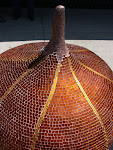
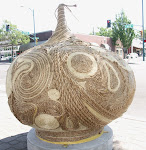


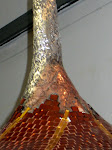
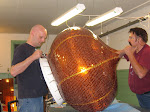
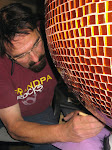

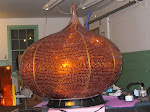





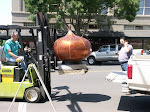




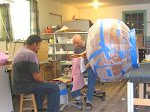


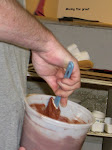

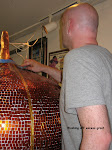

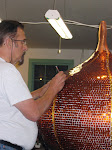
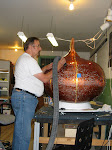
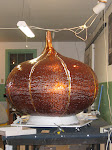
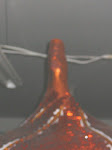
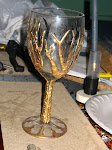

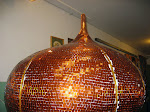
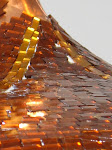
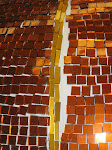

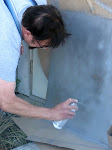

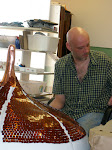
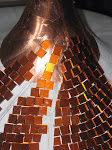


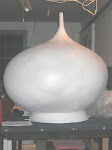
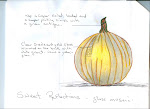


1 comment:
Wow, it's wonderful to see this in progress and read about all the steps and hurdles. I can hardly wait to see it in person this weekend!
~susan janelle
Post a Comment